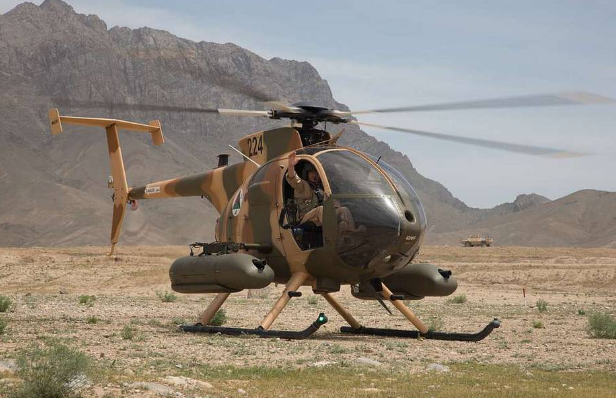
Is the famed Cobra maneuver a masterstroke of aerial combat or just a flashy stunt for the crowd? For decades, this dramatic pitch-up has divided pilots, engineers, and military tacticians. Some hail it as the pinnacle of aerodynamic showmanship, while others dismiss it as a dangerous relic with little place in modern warfare. First demonstrated publicly in 1989 by Soviet test pilot Viktor Pugachev, the Cobra maneuver much compared to a wheelie-popping motorcycle is one of the most eye-catching maneuvers in flight.
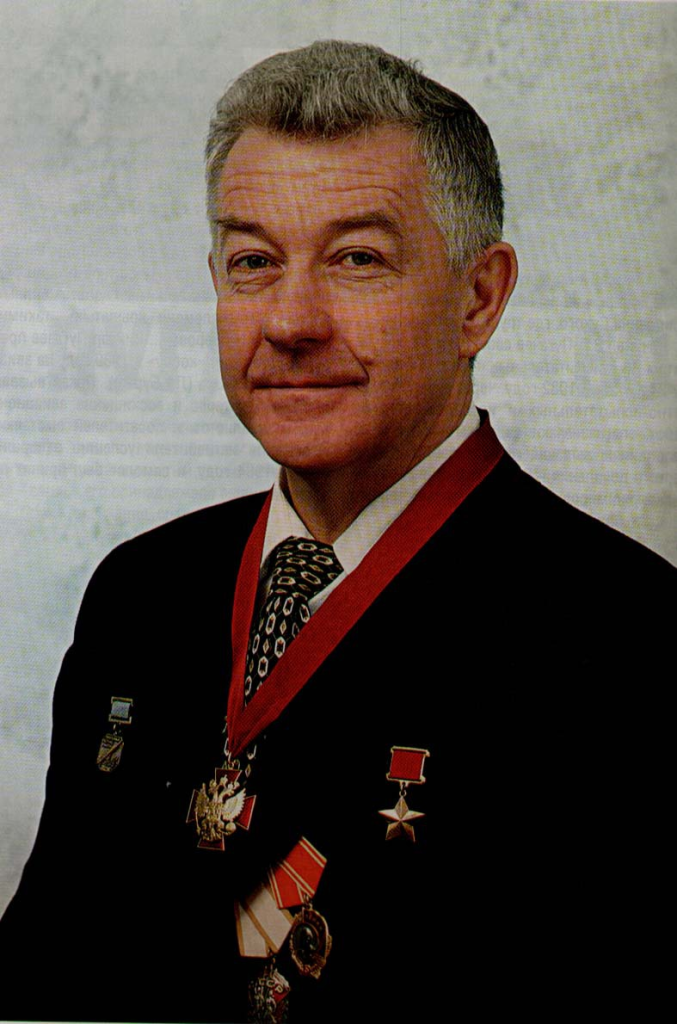
But beneath its visual drama is a rich history going back to Swedish developments in the 1950s, cold wartime secrecy, and advanced fighter aircraft technology. Here is a listicle that decomposes the most compelling elements of Cobra from its beginnings through its continued relevance today.

1. Swedish Origins: The ‘Kort Parad’ Before the Cobra
Long prior to when it was ever taken from them by the Soviets, Swedish Saab 35 Draken pilots had already become proficient with a derivative of the Cobra in the early 1960s in a maneuver referred to as the “kort parad” or short parry. It was created as a result of recovering from hazardous super stalls induced by its double-delta tailless design. Test pilots Bengt Olow and Ceylon Utterborn developed it from 1961 to 1963 when a number of accidents highlighted that a recovery method was needed. This maneuver was as much a precautionary trick as it was sometimes a surprise maneuver for simulated dogfighting with Soviet aircraft. The Saab 37 Viggen couldn’t perform it safely above 350 km/h, so its operational deployment was hindered. Secrecy during the Cold War era meant that the West didn’t learn much about it until long after it was finished, when Soviet forces had made it famous under another name.
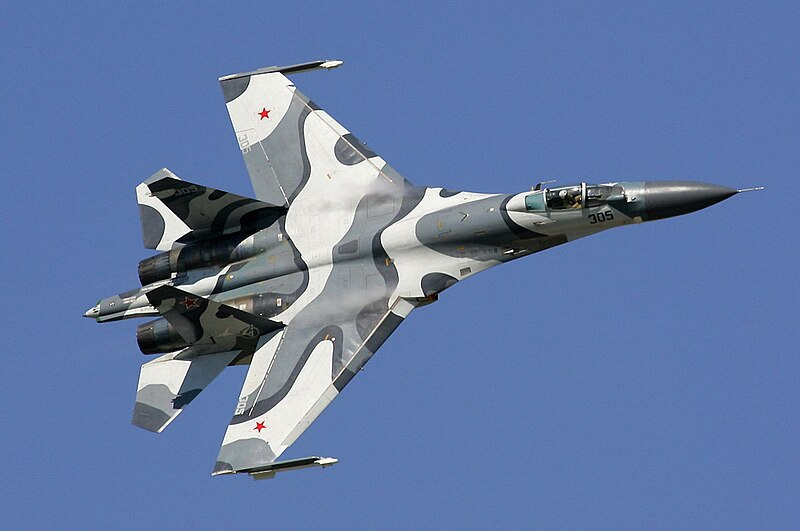
2. Shockwave at 1989 Paris Airshow
Its big international jump to popularity was when Viktor Pugachev demonstrated it in a Su-27 Flanker at the 1989 Le Bourget airshow. Western observers watched with amazement as a fighter plane lifted its nose to almost a vertical position, stalled in flight, then recovered without losing elevation. The aircraft reached 90–120° angle of attack, a performance that needed massive pitch control authority as well as power from its engine. Even though Soviet engineers had proved the maneuver earlier Igor Volk was reported to have demonstrated it on a clandestine flight it was Pugachev’s display during a public exhibition that cemented the Cobra’s position in aviation lore. The Russian Air Force claimed it as its own symbol of national might, prominently displayed at MAKS airshows to triumphant applause.
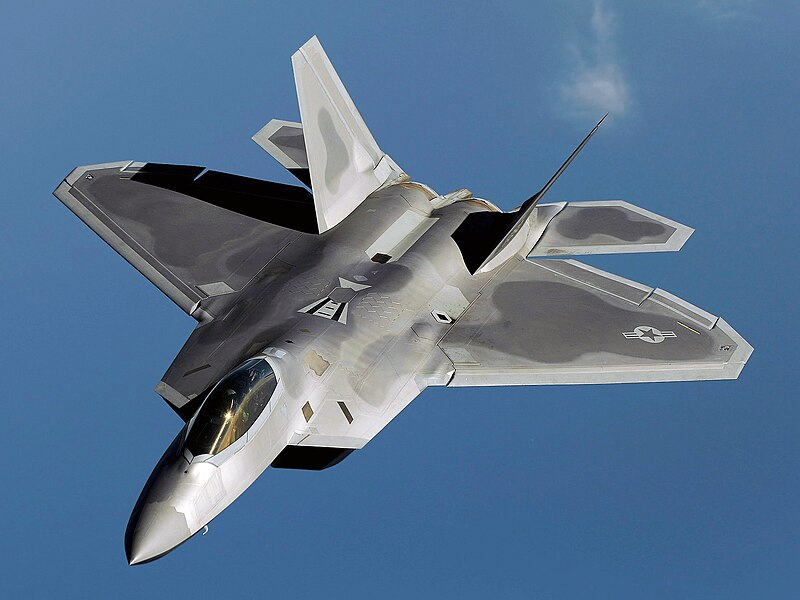
3. The Physics of a ‘Motorcycle Wheelie’ in the Sky
In short, the Cobra is a sudden pitchup to extreme attitudes, which momentarily stalls the aircraft, after which it returns to level flight without losing altitude. The visual impact is dramatic like a bike raising its front wheel while the aerodynamic requirements are merciless. It is possible with engines that can maintain altitude through the stall and tightly controlled pitch to avoid uncontrolled spins. The older Cobras did it with fly-by-wire with only aerodynamic control surfaces, but newer fighters with thrust vectoring make it easier and safer to do so. The feature is standard on later planes like the Su-35 and Su-57 as well as even Western fighter aircraft like the F-22.

4. Tactical Value: More Myth than Reality
While its silver-screen glamour is undeniable, its fighting usefulness is slight. In theory it can induce another chasing aircraft to overshoot, so that that chasing aircraft can reverse roles itself. In practice its speed loss would leave the maneuvering aircraft as a sitting target, especially against radar-guided missiles. In U.S. Army Air Defender Ethan Long’s terms, aiming a Cobra at a radar-homing missile is “spinning and embracing death.” Against heat-seeking missiles, it can deliver fleeting confusion, but current missile technology as well as all-aspect aiming devices made it virtually obsolete.
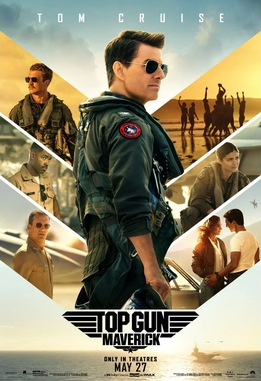
5. Pop Culture and Hollywood Appeal
The Cobra has found a second life in cinema and gaming. It appeared in the 2023 blockbuster Top Gun: Maverick, where it was used as a dramatic reversal in a dogfight sequence. In video games and flight simulators, enthusiasts can replicate the move, experiencing the thrill without the real-world risks. Its visual prowess makes it a fan favorite at airshows, where risks are minimal and the maneuver is a demonstration of a pilot’s prowess and a jet’s agility. The Russian Air Force still prominently features it, cementing its role as a national flagship.

6. Modern Fighters: Capability Without Necessity
Today’s fifth-generation fighters can perform the Cobra, but they rarely need to. The F-22 Raptor and F-35 Lightning II can engage targets behind them using the AIM-9X Block II Sidewinder missile, which features thrust vector controls for extreme turns. This capability eliminates the need to slow dramatically to reposition against a trailing opponent. Further, Western fighter design favors avionics, sensor fusion, and network-centric combat over brute aerobatic prowess. While Russian aircraft value supermaneuverability for airshow popularity, Western designs value intangible gains that win wars over claps on cue.
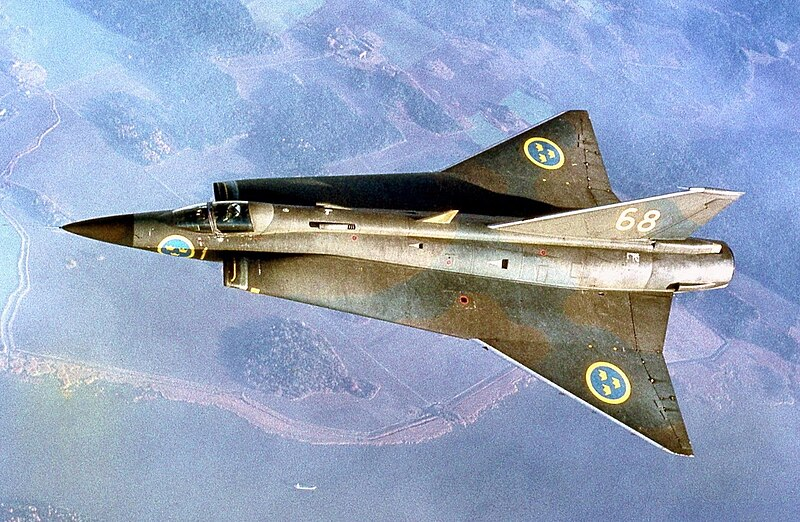
7. The Cobra’s Role in Aviation History
From the Saab 35 Draken’s safety maneuver to Pugachev’s Paris debut, the Cobra has evolved from a niche recovery technique into a global symbol of aerial showmanship. It bridges eras Cold War secrecy, Soviet bravado, and modern thrust-vectoring technology. Its enduring popularity lies not in battlefield relevance but in its ability to capture the imagination. Whether performed by a Su-57 in China or an F-22 in a demonstration, the Cobra remains a testament to the blend of pilot skill, engineering precision, and the timeless allure of defying gravity.
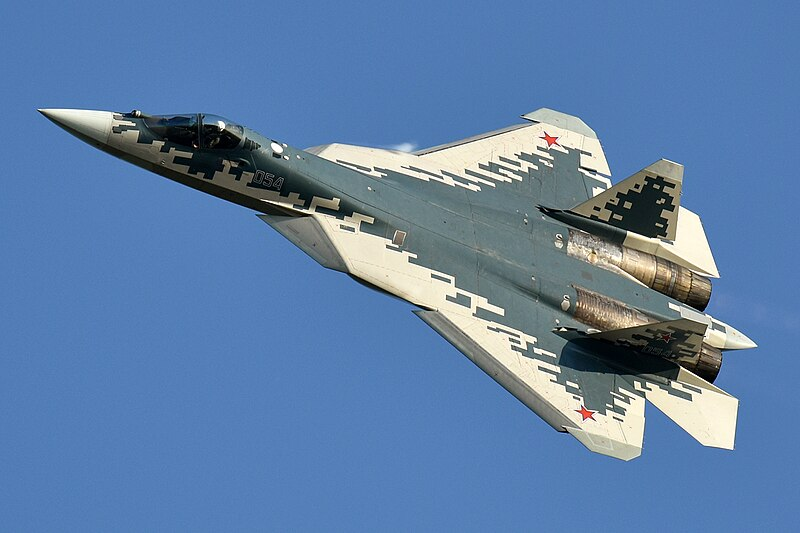
The legacy of the Cobra maneuver is a combination of Swedish creativity, Soviet theatrics, and contemporary aerospace prowess. Although its tactical purpose has withered under the advent of advanced missiles and sensors, its dramatic effect never ceases to awe. Ultimately, the Cobra is much less concerned with achieving dogfight victory than it is with basking in the artistry of flight a testament that even in the era of stealthiness and cyber warfare, some things are simply worth doing for no other reason than that they are extraordinary-looking.

